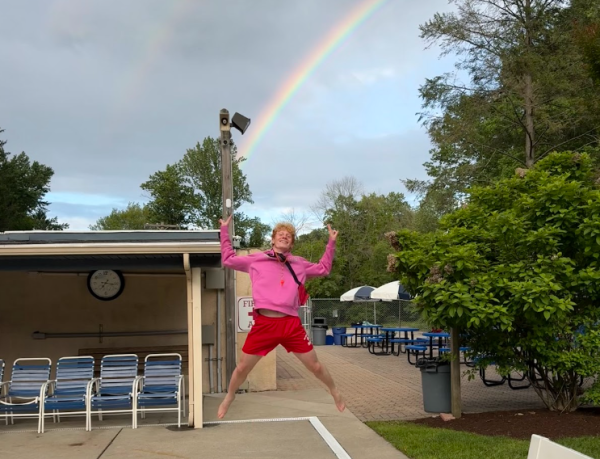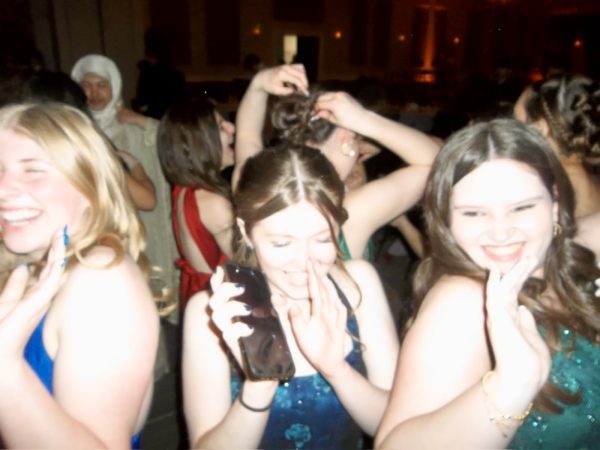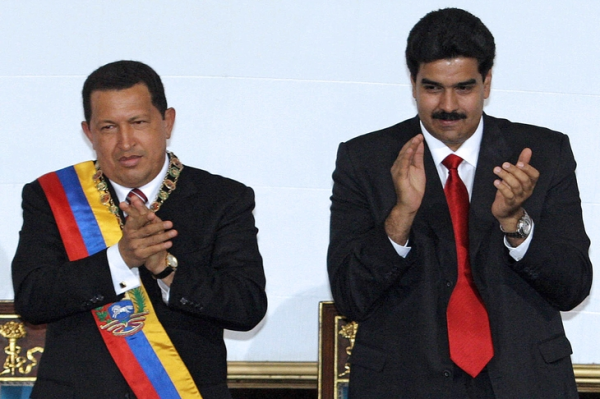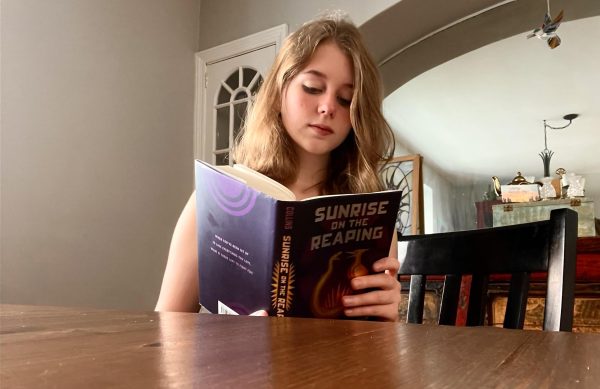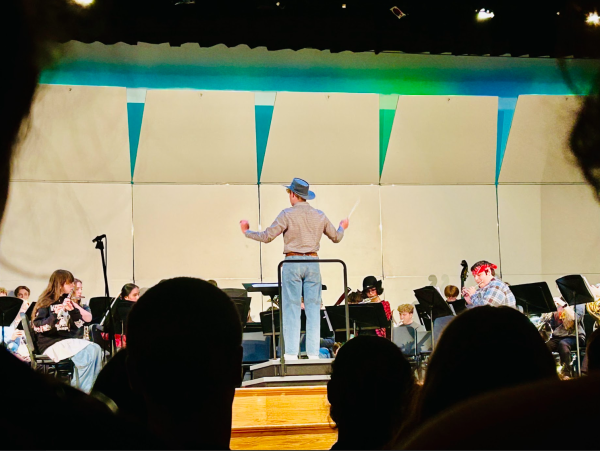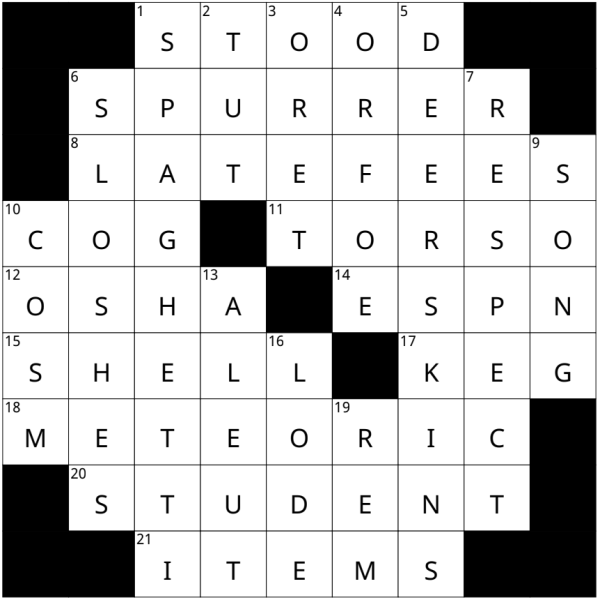H-Pride on 5

This is not some cheap shot at the fact that our school mascot is a car or a gripping exposé on the amount of laundry detergent needed to wash sports uniforms. The fact of the matter is that school spirit plagues me. It is not the phrase itself, but rather the picturesque archetypes it encompasses. I have always imagined that quintessential image of a 1950s cheerleader in a woolen sweater, screaming her head off and twirling about in thirty degree weather; a prime rib of a man in a letterman jacket calls to onlookers with a cereal box grin. I am aware this is no carbon copy of a Haverford High School pep rally. However, the singularity of the event reflects its exclusivity and opens the metaphorical gym doors for conversation regarding true meaning of school spirit.
For a suburban public school, the multiplicity of Haverford’s activities is quite remarkable. The diverse selection offered by the school presents students with a vast array of outlets for creativity and expression. Participation is encouraged, but does all involvement carry equal weight? Football games are the cornerstones of school appreciation; most students need no urging from administrators to ‘come out on Friday night for the big game.’ Contrast this with the turnout at chorus concerts and band competitions, and one finds the disparity between obligation and dedication.
A hierarchy of activities characterizes Haverford’s underpinning and influences the decisions of administrators. For example, chocolate sales were officially prohibited this year, radically reducing the means of income for clubs such as Model United Nations and Science Olympiad. This decision can be attributed to the prior restriction of in class sales, as well as a state initiative to promote healthy diets. The ban overlooked the necessity of pre and post lesson sales as platforms for clubs to gain awareness throughout the school community. Most activities do not have the luxury of an expansive spread on the Haverford website or a cover picture on its opening page; thus, cuts like sales opportunities and uninhibited travel during homeroom reduce occasions for invaluable publicity. Media, apparel, and daily announcements call for students to rally in support of an isolated collection of activities. Meanwhile, the prized heterogeneity of Haverford’s clubs is maintained by driven members of seldom recognized organizations. Those on the periphery of ‘popular’ participation unequivocally contribute to the growth of the school’s character. Thus, their engagement should be valued in the same manner.
Cynicism and Holden Caulfield anecdotes aside, pride in one’s school often pairs with implicit expression. For instance, writing an article about an innovative teacher expresses interest in the opportunities provided by the school and a desire to exhibit its successes. Clubs such as WHHS and Hi-Q are intrinsically connected to Haverford’s history; the two symbolize the continuance of valued tradition and the school’s evolution throughout modernity. Community outreach is embodied in Aware, Unless Club, and National Honors Society, which serve as testaments to Haverford’s ability to fabricate tangible change for the good of others. A physical trophy carries weight, yet it should not negate the validity of others’ involvement. If English class asks us to analyze text for cases beyond stereotypes, why are we unable to acknowledge indispensable contributions scattered apart from the gloss of quintessence?
Simply put, school spirit is multifaceted. It is time we dispose of the prosaic notion that attending football games and boasting a collection of H patterned shirts solely prove one’s commitment to the school.



